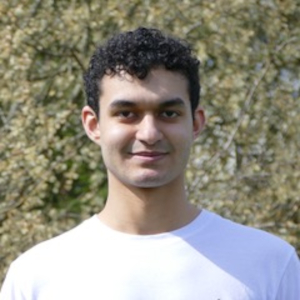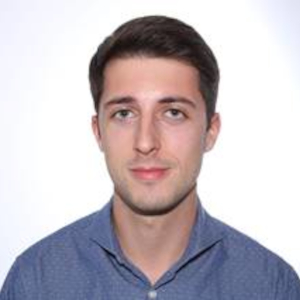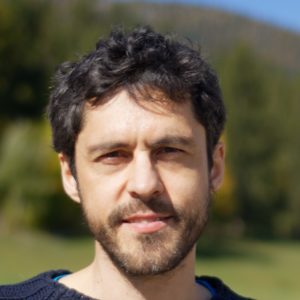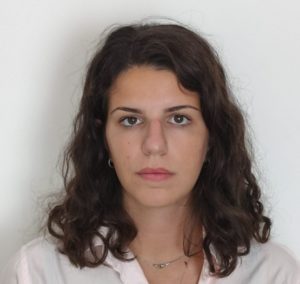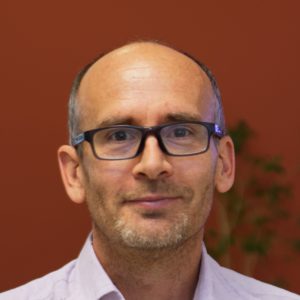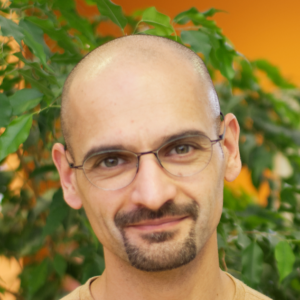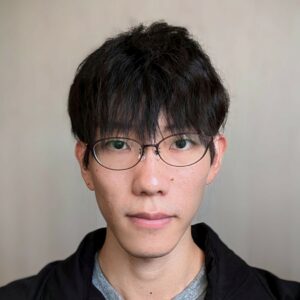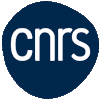Overview
From new concepts to devices : we are exploring new concepts in spintronics based on spin dependent transport with various systems; structure inversion asymmetry (spin orbit torques, Rashba effect, Spin Hall Effect, Topological Insulators), and alternative geometries in order to develop innovative architectures of devices.
Research directions
Spin Orbit Torques

We aim at understanding and mastering spin orbit torques for efficient and deterministic magnetization switching with in plane currents.
3-Terminal MRAM
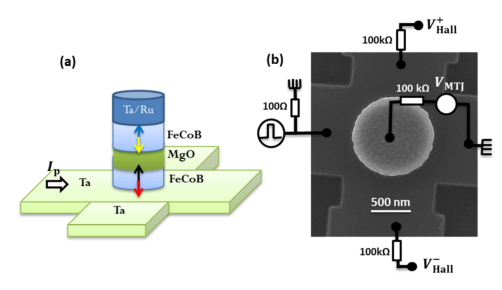
We develop electrically addressable non-volatile memories combining high speed and infinite endurance.
The team
Former members
Post-docs
- Thomas BRÄCHER (2015-2017)
- Murat CUBUKCU (2012-2015)
- Before 2012:Mario Aurino, Karol Marty, Yasmina Hadj Larbi
- Soong-Gun JE (2016-2018)
- Haozhe YANG (2016-2019)
PhDs
- Alexandre MOUILLON (2014-2018)
- Defended before 2016: Alexandru Trifou, Emilie Jue, Alexandre Lopez, Marc Drouard
- Mohamed Ali NSIBI (2014-2018)
- Jayshankar NATH (2015-2018)
- Roméo JUGE (2016-2019)
- Pyunghwa JANG (visitor from Korea Univ., 2018-2020)
Projects
- DARPA (2018-2021)
- ANR SkyLogic JCJC, O. Boulle (2018-2021)
- ERC Smart Design, M. Miron (2015-2020)
- EU SPOT (2013-2016)
Partners
- Néel Institut, Grenoble (France)
- Unité Mixte Physique CNRS/Thalès, Palaiseau (France)
- Laboratoire de Physique des Solides, Orsay (France)
- Antaios, Grenoble (France)
- CEA/LETI Grenoble (France)
- Karlsruhe Institute of Technology (Germany)
- National Center for Scientific Research, Demokritos (Greece)
- Catalan Institute of Nanotechnology, Barcelona (Spain)
- University of Barcelona, (Spain)
- In Silicio, (France)
- Singulus (Germany)
- Mainz (Germany)
Recent news
- PhD Defense – Ferroelectric Spin-Orbit device: modeling, design, optimization and fabrication with oxide-based 2DEGs (April 17th, 2025)

On Tuesday May 6th, at 13:00, Paolo Sgarro (SPINTEC) will defend his PhD thesis entitled : Ferroelectric Spin-Orbit device: modeling, design, optimization and fabrication with oxide-based 2DEGs Place : IRIG/SPINTEC, CEA Building 10.05, auditorium 445 (presential access ... - seminar – Realization of magnetic circuits exploiting lateral couplings (December 19th, 2024)

On Thursday, February 6th 2025, we have the pleasure to welcome in SPINTEC Aleš Hrabec from ETH Zurich, Switzerland. He will give us a seminar at 10:00 entitled : Realization of magnetic circuits exploiting lateral couplings Place ... - PhD Defense – Optimization of the crystalline and magnetic properties of ferrimagnetic iron garnets for spintronics applications (October 21st, 2024)

On Friday, November 08th, at 9:30, Georgy ZIBOROV (SPINTEC) will defend his PhD thesis entitled : Optimization of the crystalline and magnetic properties of ferrimagnetic iron garnets for spintronics applications Place : Institut Néel, Salle des Séminaires, ... - seminar – Decoding Electrical Signatures of Chiral Spin Textures (October 15th, 2024)

On Thursday October 24th 2024, we have the pleasure to welcome in SPINTEC Anjan SOUMYANARAYANAN Assistant professor at the National University of Singapore (NUS). He will give us a seminar at 11:00 entitled : Decoding Electrical ... - PhD Defense – Spin-charge interconversion nanodevices based on telluride materials for low power computing (September 05th, 2024)

On October 02th, at 14:30, Salvatore TERESI (SPINTEC) will defend his PhD thesis entitled : Spin-charge interconversion nanodevices based on telluride materials for low power computing Place : IRIG/SPINTEC, CEA Building 10.05, auditorium 445 (access needs ...

